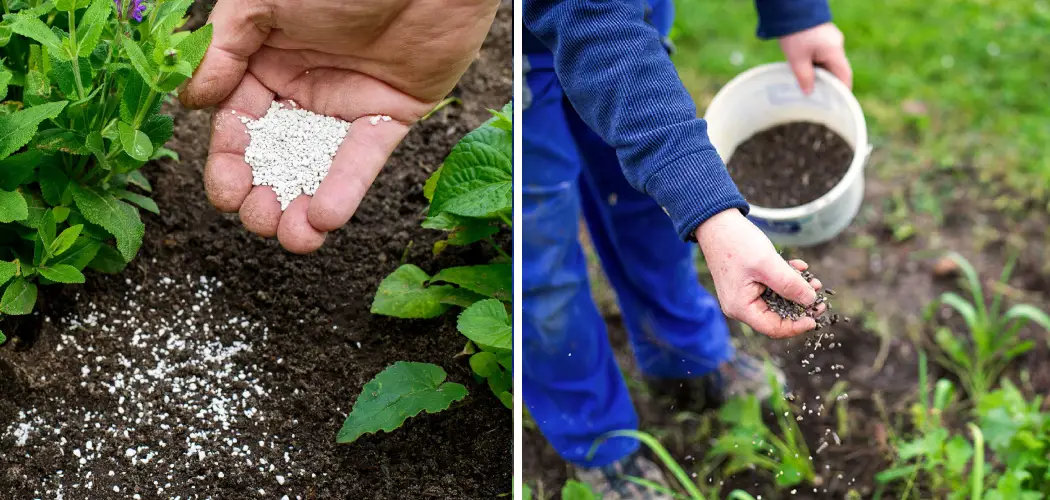Are you looking for ways to make your lawn look lush, vibrant, and healthy? Then applying granular fertilizer is an essential first step. This type of fertilizer helps your lawn to absorb important nutrients like phosphorus and nitrogen, in order to ensure better growth throughout the season. While this process can seem daunting at first glance, it doesn’t have to be complicated – with a few simple steps you’ll quickly discover how easy it truly is!
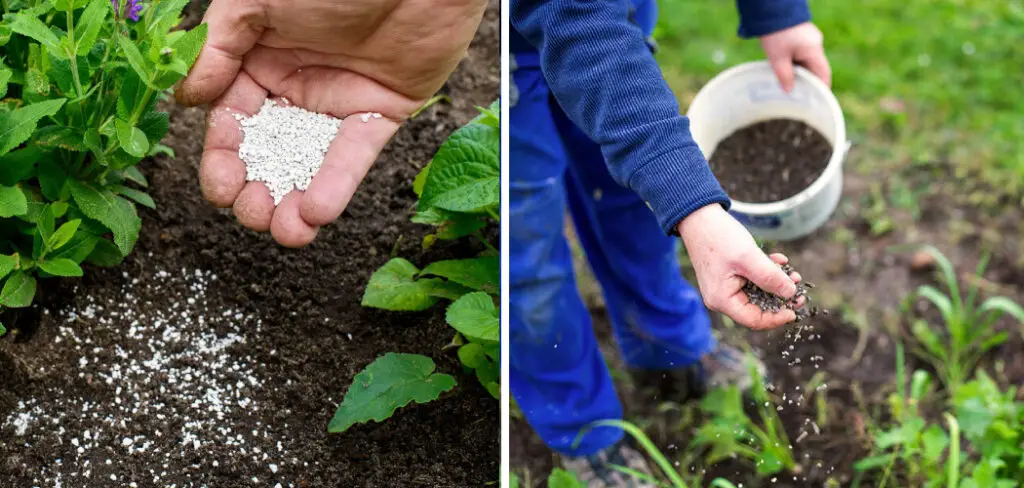
In this blog post, we’re going to show you exactly how easy it can be when learning how to apply granular fertilizer and provide tips that will help keep your lawn looking amazing all year long.
Why Use Granular Fertilizer?
Granular fertilizers are a popular choice among gardeners and lawn enthusiasts thanks to their ease of use, affordability, and effectiveness. Unlike liquid fertilizers, granular fertilizer doesn’t require any special equipment – all you need is a spreader or your hands to scatter the pellets evenly across your lawn. Additionally, granular fertilizers are slow-release, allowing your lawn to absorb the nutrients over a longer period of time and reducing the risk of burning your grass.
Step-by-step Guidelines on How to Apply Granular Fertilizer
Step 1: Choose the Right Fertilizer
Before applying granular fertilizer, you need to know what type of nutrients your lawn needs. This can be determined by conducting a soil test or consulting with a local garden center for advice. Once you have identified the nutrient deficiencies in your soil, choose a granular fertilizer that will address those specific needs.
Step 2: Prepare Your Lawn
Mow your lawn to a shorter length than usual before applying the fertilizer. This will allow for better absorption of the nutrients and prevent any clumping. It’s also recommended to water your lawn a day or two prior to application, as this will help the pellets stick to the grass blades. Preparing your lawn in these ways will ensure that the fertilizer reaches the soil and helps to promote proper growth.
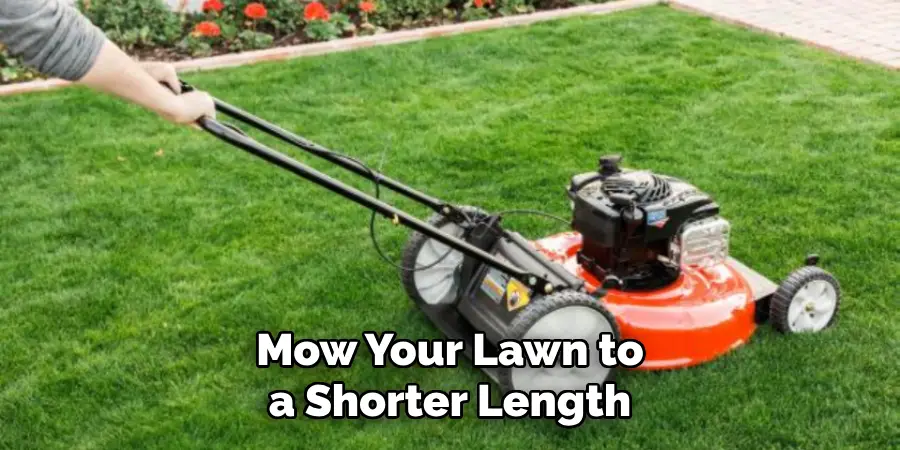
Step 3: Use a Spreader or Scatter by Hand
Using a spreader is the most efficient way to apply granular fertilizer, but if you don’t have one on hand, scattering it evenly by hand can also work. If using a spreader, make sure to adjust the settings according to the fertilizer label’s instructions. If spreading by hand, make sure to wear gloves and scatter the pellets evenly over your lawn.
Step 4: Water Your Lawn
After applying the fertilizer, water your lawn thoroughly. This will help activate the nutrients and prevent any potential burning of your grass. It’s recommended to water for at least 20 minutes, or until the soil is moist. This is especially important during the first few days after application when the fertilizer is being absorbed by your lawn.
Step 5: Repeat as Needed
Depending on your lawn’s needs and the type of fertilizer used, you may need to repeat this process every 4-6 weeks throughout the growing season. Follow the instructions on the fertilizer label for recommended application frequency. This will ensure that your lawn receives a steady supply of nutrients and stays healthy and vibrant.
Step 6: Clean Up
Once you have finished fertilizing your lawn, make sure to clean up any excess fertilizer on sidewalks, driveways, and other non-target areas. This will prevent runoff into water sources, as well as potential damage to plants in these areas. If using a spreader, make sure to rinse it out thoroughly after use.
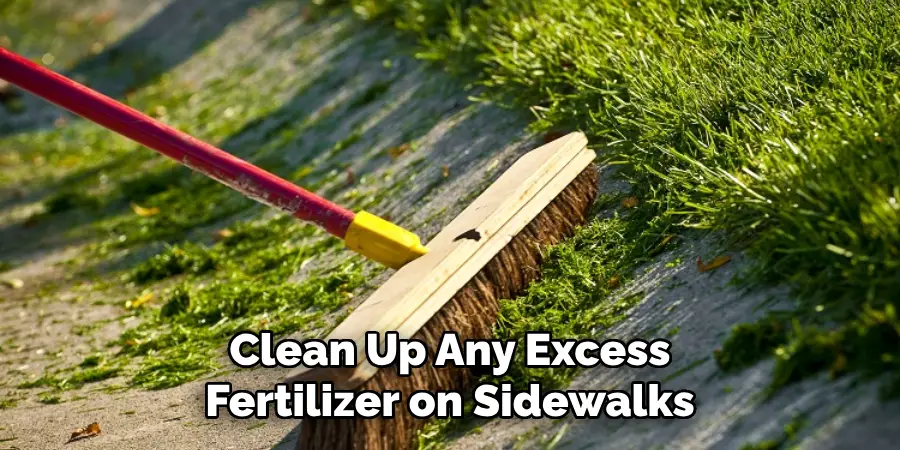
Following these simple steps will help you achieve a lush, green lawn that will be the envy of your neighbors. Remember to always follow the instructions on the fertilizer label and consult with a professional if needed. With regular applications of granular fertilizer, your lawn will stay healthy and beautiful all year long. So don’t wait any longer – go out and give your lawn the nutrients it needs today!
Additional Tips and Tricks to Apply Granular Fertilizer
- Always read the instructions on the fertilizer package before application. Different types of fertilizers have different application rates and methods, so it is important to follow the instructions carefully.
- It is recommended to wear gloves and protective clothing when handling granular fertilizer to avoid skin irritation or potential ingestion.
- Apply fertilizer evenly and avoid overlapping areas. This can result in uneven distribution of nutrients and can potentially burn the plants.
- Avoid applying fertilizer during extreme weather conditions such as strong winds or heavy rain. This can cause the granules to scatter and not be absorbed properly by the soil.
- If using a spreader, make sure it is calibrated correctly to ensure accurate application of fertilizer.
- Consider creating a fertilization schedule based on your specific plants’ needs and the type of fertilizer used. This can help prevent over or under-fertilization.
- It is recommended to water the area after applying granular fertilizer to activate it and ensure proper absorption into the soil.
- Store granular fertilizer in a cool, dry place to maintain its effectiveness and prevent clumping.
- When using a lawn spreader, start at the perimeter of your lawn and work your way toward the center, overlapping slightly with each pass. This will ensure even coverage.
- For potted plants, it is best to mix granular fertilizer into the soil before planting or use a slow-release fertilizer for ongoing nourishment.
- Regularly test your soil’s nutrient levels to determine if additional fertilization is needed. Over-fertilizing can be detrimental to plants and can also harm the surrounding environment.
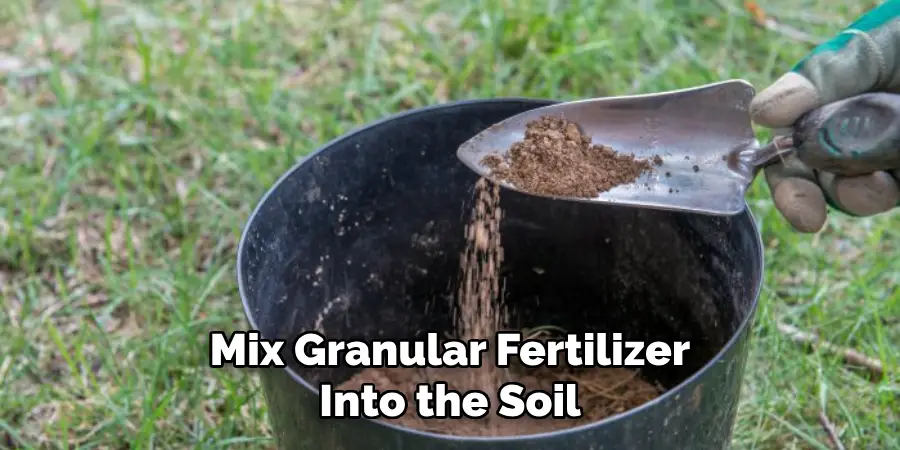
Following these tips and tricks can help ensure the successful application of granular fertilizer and promote healthy plant growth. Remember to always read the instructions, wear protective gear, and be mindful of weather conditions for optimal results. With proper application and care, your plants will thrive and flourish thanks to granular fertilizer. Happy gardening!
Precautions Need to Follow for Applying Granular Fertilizer
- Before applying granular fertilizer, make sure to read the instructions carefully. Different fertilizers have different application rates and methods.
- Always wear protective gear such as gloves, a mask, and goggles when applying granular fertilizer. Some fertilizers can be harmful if they come in contact with your skin or eyes.
- Choose a calm day to apply the granular fertilizer. Avoid applying on windy days, as the wind can carry the fertilizer particles to unwanted areas.
- Make sure to store granular fertilizers in a cool and dry place away from children and pets. Keep them in their original packaging or a labeled container.
- Before application, conduct a soil test to determine the pH level and nutrient deficiencies in your soil. This will help you choose the right type and amount of granular fertilizer for your plants.
- If using a spreader, calibrate it properly to ensure even distribution of the fertilizer. This will prevent over or under-fertilization in certain areas.
- Avoid applying granular fertilizer near water bodies or storm drains to prevent runoff and water contamination.
- After application, make sure to water the area lightly. This will help the fertilizer reach the roots of your plants and prevent it from blowing away.
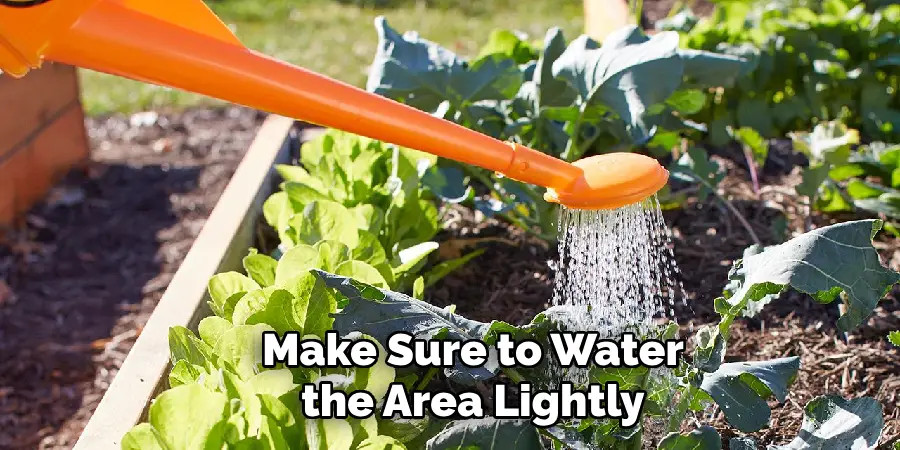
Following these precautions will not only help you achieve better results with your granular fertilizer, but also ensure the safety of yourself, your plants, and the environment. So be responsible and follow these guidelines for a successful and sustainable fertilization process. Happy gardening!
Frequently Asked Questions
What is Granular Fertilizer?
Granular fertilizer is a type of solid, compact, and concentrated form of plant nutrients that can be applied to the soil to improve its fertility. It comes in small grains or pellets and contains essential nutrients such as nitrogen, phosphorus, and potassium.
How is Granular Fertilizer Different From Other Types of Fertilizers?
Granular fertilizer differs from other types of fertilizers primarily in its physical form, as it comes in solid pellets or grains rather than a liquid or powdered form. This makes it easier to handle and store and also allows for more precise application to specific areas.
When Should I Apply Granular Fertilizer?
The timing of when to apply granular fertilizer depends on the type of plant and its growth stage. Generally, it is best to apply in early spring before plants start actively growing, and again in mid-summer for a boost during their peak growing season.
How Much Granular Fertilizer Should I Use?
The amount of granular fertilizer needed will depend on factors such as soil type, plant type, and nutrient needs. It is important to follow the instructions on the fertilizer packaging and not exceed recommended application rates as it can lead to over-fertilization and harm to plants.
Can I Mix Granular Fertilizer With Other Fertilizers?
Granular fertilizer can be mixed with other types of fertilizers, but it is important to consider compatibility and application rates. Mixing incompatible fertilizers can lead to chemical reactions and render them ineffective. It is best to consult a professional or do thorough research before mixing fertilizers.
Conclusion
All in all, knowing how to apply granular fertilizer correctly can greatly benefit the health and growth of your plants. It is important to follow instructions, take into account specific plant needs, and use caution when mixing with other fertilizers. With proper application, granular fertilizer can be an effective tool in promoting plant growth and improving soil fertility. Happy gardening!

